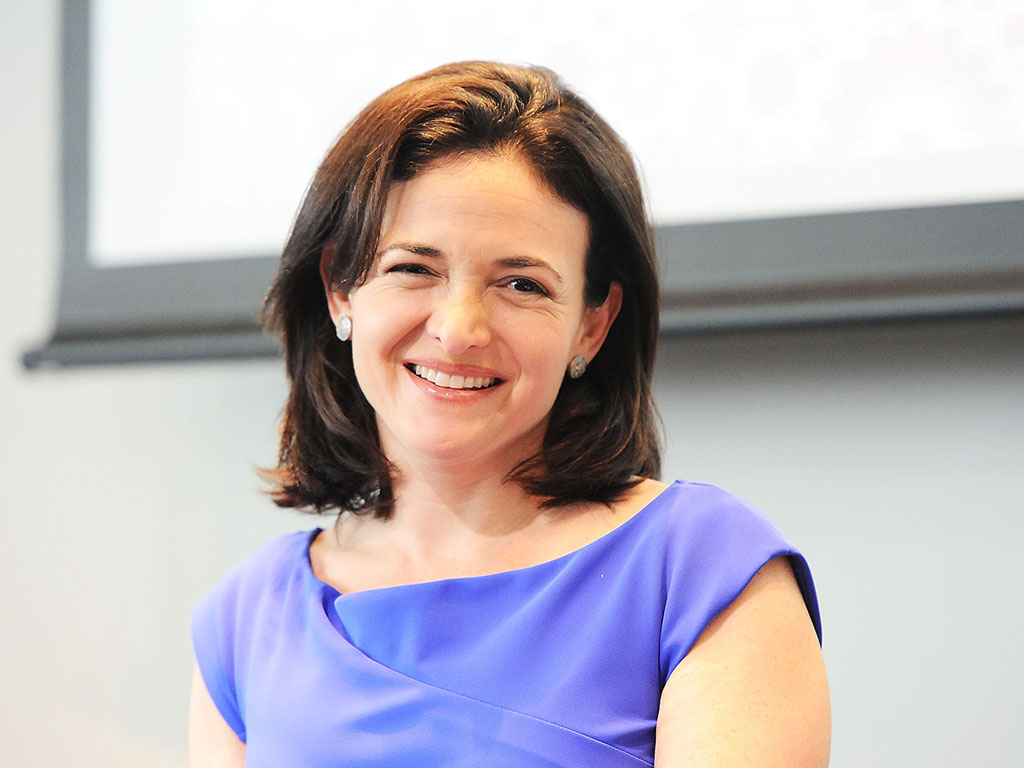Five big tech companies and their diversity statistics
Here we look at some of the biggest names in tech and how their commitments to diversity compare

Sheryl Sandberg, the iconic CFO of Facebook. The company was one of the first to publicly release its diversity statistics
Apple
“Diversity is critical to innovation,” wrote Tim Cook in a recent Inclusion & Diversity filing. Company reports show that, as of 2015, 69 percent of Apple’s workforce was male and 31 percent female – a slight improvement on last year’s 70/30 split. The positive news is that 35 percent of new hires were women and the company hired more diverse candidates this year than in any other to date.
Facebook
Facebook was among the first big names in tech to release its diversity statistics when it made information public last year. Figures for this year show that women represented a 32 percent share of the company’s workforce, up from 31 percent in 2014. “Our work is producing some positive but modest change and our new hire numbers are trending up,” wrote Maxine Williams, Global Director of Diversity, in a blog post.
Pinterest
Pinterest this year made public its ambitious diversity goals for the coming year, as it looks to right some of the problems in tech. The percentage of female employees reached 42 percent this year, up from 40 percent in the last, and in 2016 the company plans to increase diversity for engineering and non-engineering roles, while also implementing a Rooney Rule-type requirement in order to focus more on unrepresented backgrounds.
Google
Google’s diversity strategy focuses on four key areas: hiring diverse Googlers; fostering a fair and inclusive culture; expanding the pool of technologies; and bridging the digital divide. However, seven out of 10 employees are male and the figures on this point show that progress has come slow. The company says it will spend $150m through 2015 on diversity initiatives in the hope that it might level the playing field somewhat.
Intel
Intel released its Mid-Year Inclusion Report in August and revealed that over 43 percent of new hires in the US were female, Native American, Hispanic or African American – otherwise referred to as ‘diversity hires’. “Our commitment to diversity and inclusion extends beyond traditional views to include diversity in our supply chain, capital investments, and global marketing,” according to Intel, and the company has so far committed $300m to this end.













